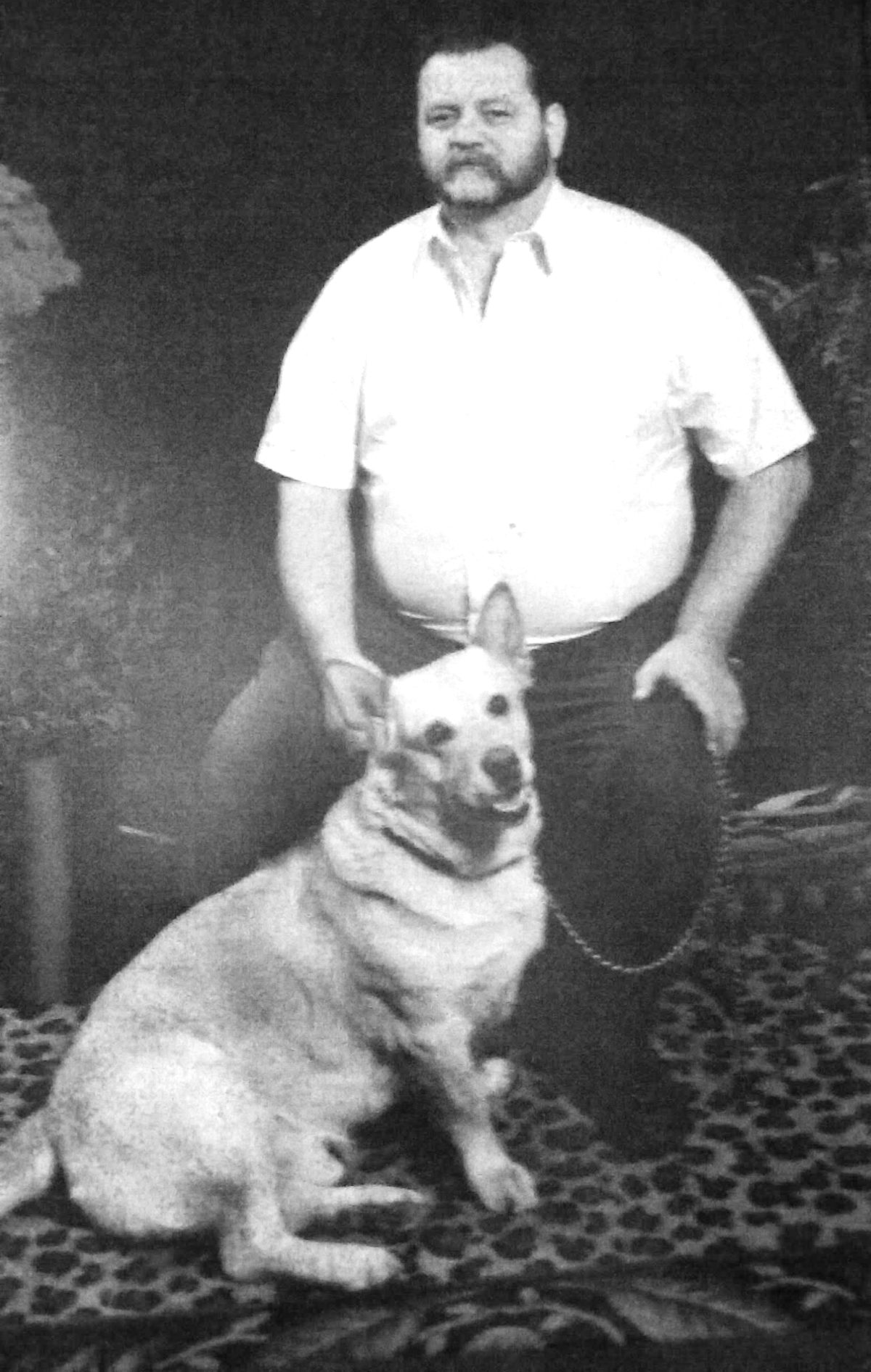Q&A with Marshall Livingston
You may have seen him sweeping the sidewalk across from the library or helping to collect trash at the Belmont Street Fair. Marshall Livingston, a Sunnyside resident for the past four years, has a wild mane and a helpful, can-do attitude. A regular guest at the Sunnyside Shower Project, he also helped us raise money to fix the broken windows at the Sunnyside Methodist Church by donating half of the proceeds from his colorful tie-dyed T-shirts, which he hand dyes himself. We spoke to Marshall about Sunnyside, what can be done to improve the houselessness crisis, and his idea for a CSA/community garden.
What do you like about Sunnyside?
I got involved with Sunnyside because of Pat (Schwiebert). I had someone tell me about her weekly suppers [Schwiebert ran the Hard Times Supper at the Sunnyside United Methodist Church for over 35 years]. I went there and I liked it. It was a much better environment for my wife. Less chaotic; fewer crackheads floating around; less agitated.
My wife, Laura, was highly social. She wanted to be around people so she could be more accepted. Because of her mental health issues a lot of people shooed her away. She wanted to be involved, but she wasn’t stable enough. Pat’s meals were excellent, healthy meals. She also served lunch during the day.
What do you think could be improved about Sunnyside?
What couldn’t be improved? The shower project is better than nothing. People with a Neighborhood Watch-like attitude can be hostile. When you play the game of whack-a-mole, the next crew of moles may not be as nice. You don’t want it in your backyard, which means we are in someone else’s backyard.
What do you think could be done about the houseless crisis?
There is no one single answer. But, there are multiple opportunities. There needs to be a location that’s feasible—a place where they wouldn’t sweep. That would take out the problem of the sidewalk. That would be a temporary solution. The ultimate goal would be to find reasonable accommodation for the individual. A homeless shelter is similar to a county jail. No one wants to live in that scenario. There’s an increased risk of assault and of illness. You always have someone who thinks they’re your lord.
Most people who are on the streets are either borderline mentally ill or have addiction issues. Other people have addiction issues and get wrapped up in mental health issues. Then you have people like my wife who were born with mental health issues.
The point of having an intake center is to evaluate individuals and figure out what is best suited for them. The point is, you don’t tell them what to do. That creates rebellion. But by listening to them you can figure out the pros and cons—you can guide them. Gentle persuasion. It’s what you do with children. You don’t tell them what to do. You guide them.
It doesn’t take $17,000 a year per individual. You can take a person from their situation and help improve it. It’s a hand-up, not a hand-out.
So maybe tiny house villages, like what Beacon and WeShine have created?
They do fit some people, but it’s not a Band-Aid for everyone.
There’s an assumption amongst housed people that houseless folks don’t want to live in a home.
I don’t have kids. I don’t have a wife no more. (Marshall’s wife died while she was at Unity Center for Behavioral Health in 2019.) I don’t have a need for a home. A house for me would take resources away from those who may need it more. What’s more beneficial to me would be a small one bedroom apartment. What I would be happy doing is to get my vehicle back in condition and travel. But there may come a time in the future when I may need four walls. I could have a stroke. Or a heart attack and survive it. Those are both high probabilities.
You have a lot of entrepreneurial ideas, particularly the community gardening project.
My intent is to take some land—currently public property—and I’d like to build a raised bed garden on it and create a small market. A craft market. Something that could help benefit the area. There could even be a CSA and a small coffee kiosk. It would be staffed by people who are in need of mental health therapy and healthy food.
In Sunnyside?
Sunnyside doesn’t really have any public land.
Would you sell the produce?
Yeah, and what is not sold you would use at a soup kitchen. The object of the garden would be to create revenue, so you can create other opportunities. Anyone who has an interest in gardening could be involved. It doesn’t mean they have to have a green thumb.
* Soon after we wrapped this interview, Marshall got on the waitlist for the soon-to-open Menlo Park Safe Rest Village in Southeast Portland. If anyone knows of land that might be available for Marshall’s gardening project, contact Hannah at [email protected]

